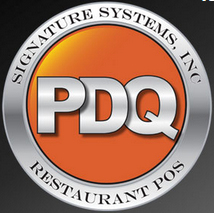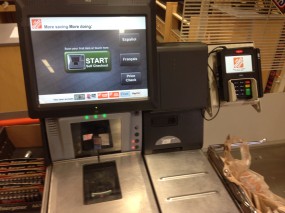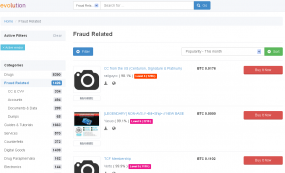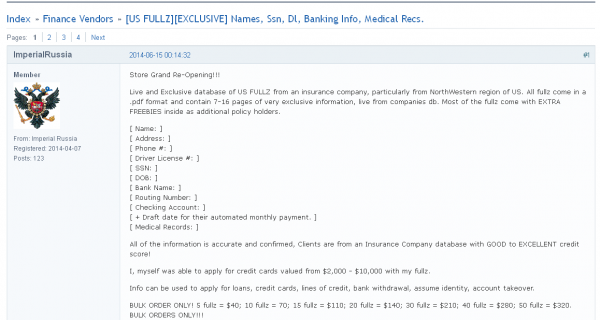Signature Systems Inc., the point-of-sale vendor blamed for a credit and debit card breach involving some 216 Jimmy John’s sandwich shop locations, now says the breach also may have jeopardized customer card numbers at nearly 100 other independent restaurants across the country that use its products.
 Earlier this week, Champaign, Ill.-based Jimmy John’s confirmed suspicions first raised by this author on July 31, 2014: That hackers had installed card-stealing malware on cash registers at some of its store locations. Jimmy John’s said the intrusion — which lasted from June 16, 2014 to Sept. 5, 2014 — occurred when hackers compromised the username and password needed to remotely administer point-of-sale systems at 216 stores.
Earlier this week, Champaign, Ill.-based Jimmy John’s confirmed suspicions first raised by this author on July 31, 2014: That hackers had installed card-stealing malware on cash registers at some of its store locations. Jimmy John’s said the intrusion — which lasted from June 16, 2014 to Sept. 5, 2014 — occurred when hackers compromised the username and password needed to remotely administer point-of-sale systems at 216 stores.
Those point-of-sale systems were produced by Newtown, Pa., based payment vendor Signature Systems. In a statement issued in the last 24 hours, Signature Systems released more information about the break-in, as well as a list of nearly 100 other stores — mostly small mom-and-pop eateries and pizza shops — that were compromised in the same attack.
“We have determined that an unauthorized person gained access to a user name and password that Signature Systems used to remotely access POS systems,” the company wrote. “The unauthorized person used that access to install malware designed to capture payment card data from cards that were swiped through terminals in certain restaurants. The malware was capable of capturing the cardholder’s name, card number, expiration date, and verification code from the magnetic stripe of the card.”
Meanwhile, there are questions about whether Signature’s core product — PDQ POS — met even the most basic security requirements set forth by the PCI Security Standards Council for point-of-sale payment systems. According to the council’s records, PDQ POS was not approved for new installations after Oct. 28, 2013. As a result, any Jimmy John’s stores and other affected restaurants that installed PDQ’s product after the Oct. 28, 2013 sunset date could be facing fines and other penalties.














